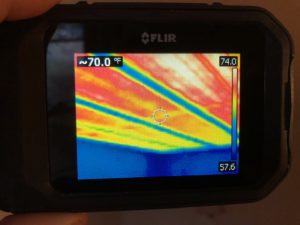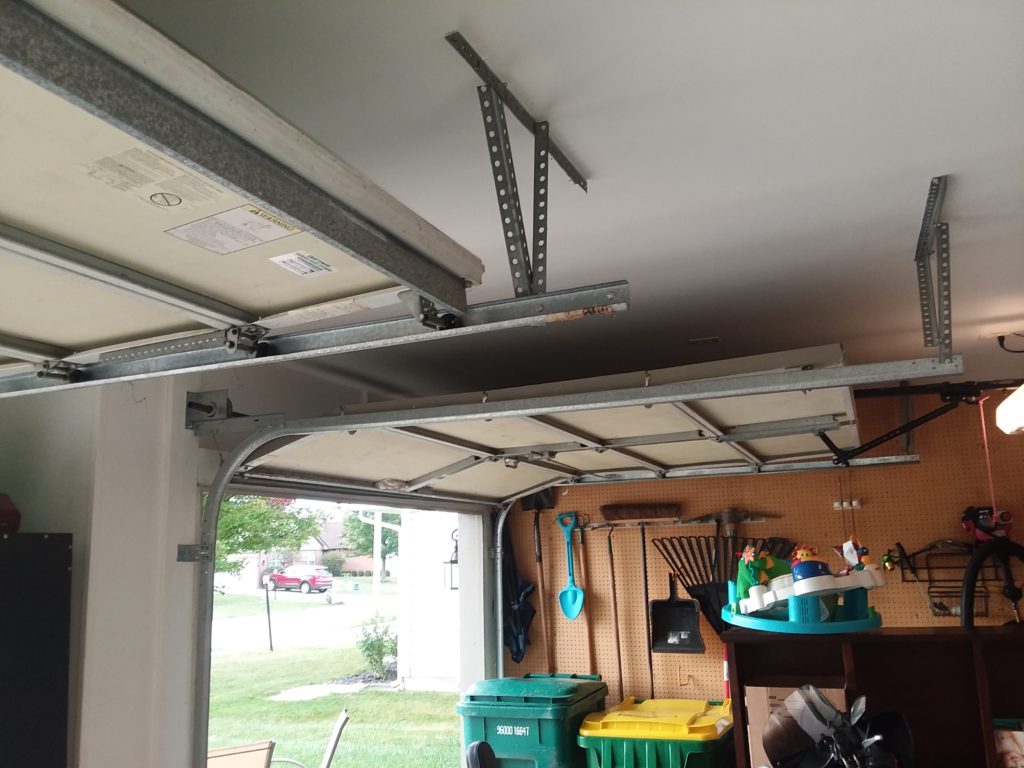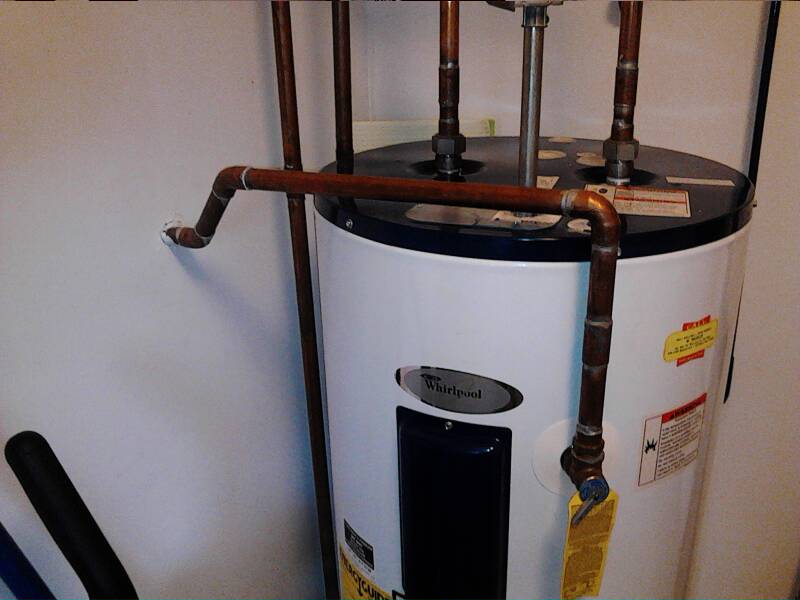
What you are looking at is a thermostat for a radiant heat ceiling an alternative to a furnace or boiler.
The house is not heated by air coming out of a vent but “wired heating panels” embedded in the ceiling. When the thermostat calls for heat the wires heat up much like a toaster or hair dryer element and warms the ceiling, which after about ten minutes radiates the heat down into the room.
The colored photo taken with an infrared camera shows the lines of the heating wires (in red) as they heat up, the blue is the gap between each embedded heating panel.

The down side is that you want to attach something to the ceiling, the ‘heating wires” are not visible and the wires are easily damaged by screws or nails used.
Panels that are damaged or non functional are generally repairable (from the attic side) by a good electrician who is familiar with radiant heat ceilings.
Do not attach anything to the ceiling without checking
using an infrared camera, that the area is heating element free.








how hot can ceiling heat get safely. we have an old lady that thinks its to hot and is going to catch fire. we did not shoot it with a gun yet. we wanted some max degree info before we went. we are not sure when you turn it on how hot it gets when heating up. can you help out with this
My system is shut off as I converted to gas but I am having an issue getting these thermostats off the wall.